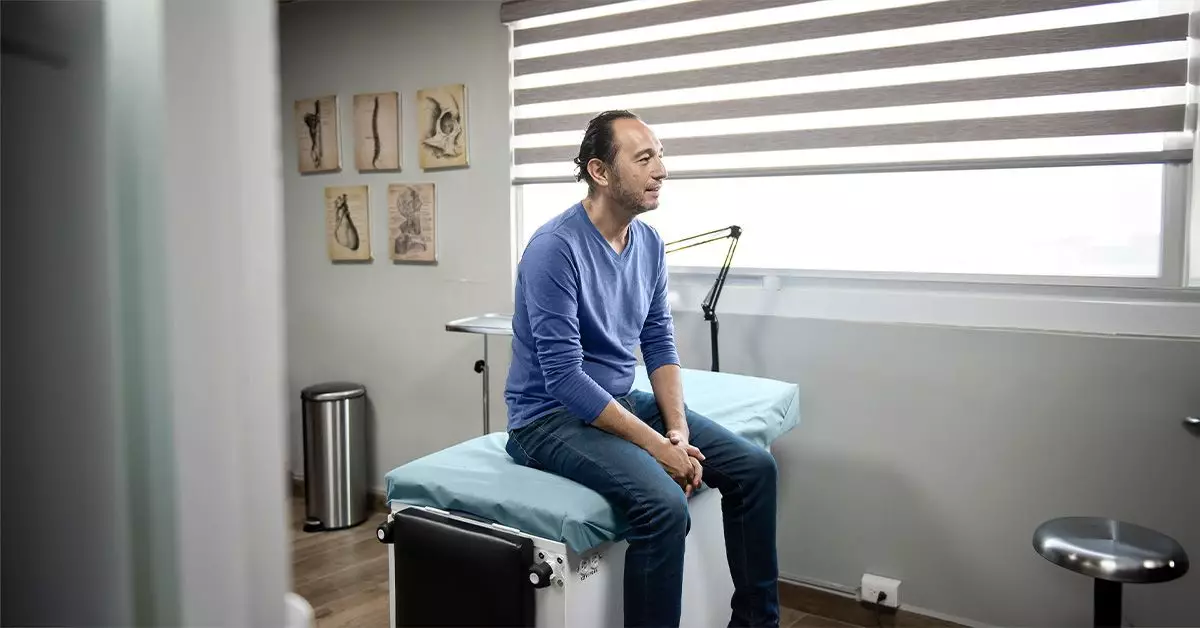For prostate cancer that has not spread, both surgery and radiation therapy have similar success rates. When deciding between the two treatments, doctors take into consideration the type and stage of cancer, as well as the individual’s overall health and preferences. It is crucial to understand the differences between surgery and radiation therapy to make an informed decision about treatment options.
Surgery for prostate cancer involves the removal of the prostate gland through a procedure known as a radical prostatectomy. Surgeons may also remove surrounding tissue during the surgery. This procedure can cure cancer that has not spread beyond the prostate gland. However, it is important to note that a radical prostatectomy can impact a person’s fertility, as it involves cutting the tube that connects the testes to the urethra. It is essential for individuals undergoing this surgery to explore options for fertility preservation, such as sperm banking.
Radiation therapy uses high-energy rays to target and destroy cancer cells. It is a viable option for localized prostate cancer when surgery is not possible, poses high risks, or if cancer reoccurs. Radiation therapy can be used alone or in combination with surgery, depending on the specific situation. While radiation therapy has fewer immediate risks compared to surgery, it can lead to short-term and long-term side effects, including erectile dysfunction, bowel function problems, and urinary issues. Additionally, there is a risk of radiation-induced secondary cancers that may develop years after treatment.
Eligibility for surgery or radiation therapy depends on various factors such as the cancer stage, overall health, age, and patient preferences. Surgery may be recommended for individuals under 75 years old who are likely to live for at least 10 more years, have localized cancer, and can tolerate the risks of surgery and anesthesia. If these criteria are not met, doctors may suggest radiation therapy. Some healthcare providers may opt for a combination of treatments, including hormone blocking therapy, for the best results.
Both surgery and radiation therapy for prostate cancer come with potential risks and complications. Surgery risks include pain, anesthesia reactions, bleeding, infections, and damage to surrounding tissues, nerves, or organs. Specific risks of prostate removal surgery include bladder incontinence, erectile dysfunction, change in penis length, and increased risk of a groin hernia. Radiation therapy can cause immediate side effects and long-term complications, such as erectile dysfunction, urinary problems, and bowel function issues. There is also a risk of developing radiation-induced secondary cancers in the future.
The costs of prostate cancer treatments vary, with stereotactic body radiation therapy costing around $28,000, prostatectomy around $22,000, and internal radiation approximately $19,000. The total cost depends on factors such as location, specific healthcare facility, insurance coverage, treatment complexity, and follow-up care. Recovery times can significantly differ between surgery and radiation therapy. Surgical recovery can take several weeks, with potential short-term issues like urinary incontinence, while radiation therapy may cause gradual short-term and long-term side effects that require ongoing management.
Both surgery and radiation therapy are effective treatments for localized prostate cancer, with the potential to cure the condition. Each treatment option has its own set of benefits and risks, making it essential to carefully consider individual circumstances before making a decision. Additionally, it is crucial for individuals to discuss all available treatment options with healthcare professionals to fully understand the implications and make an informed choice based on their specific needs and preferences.

